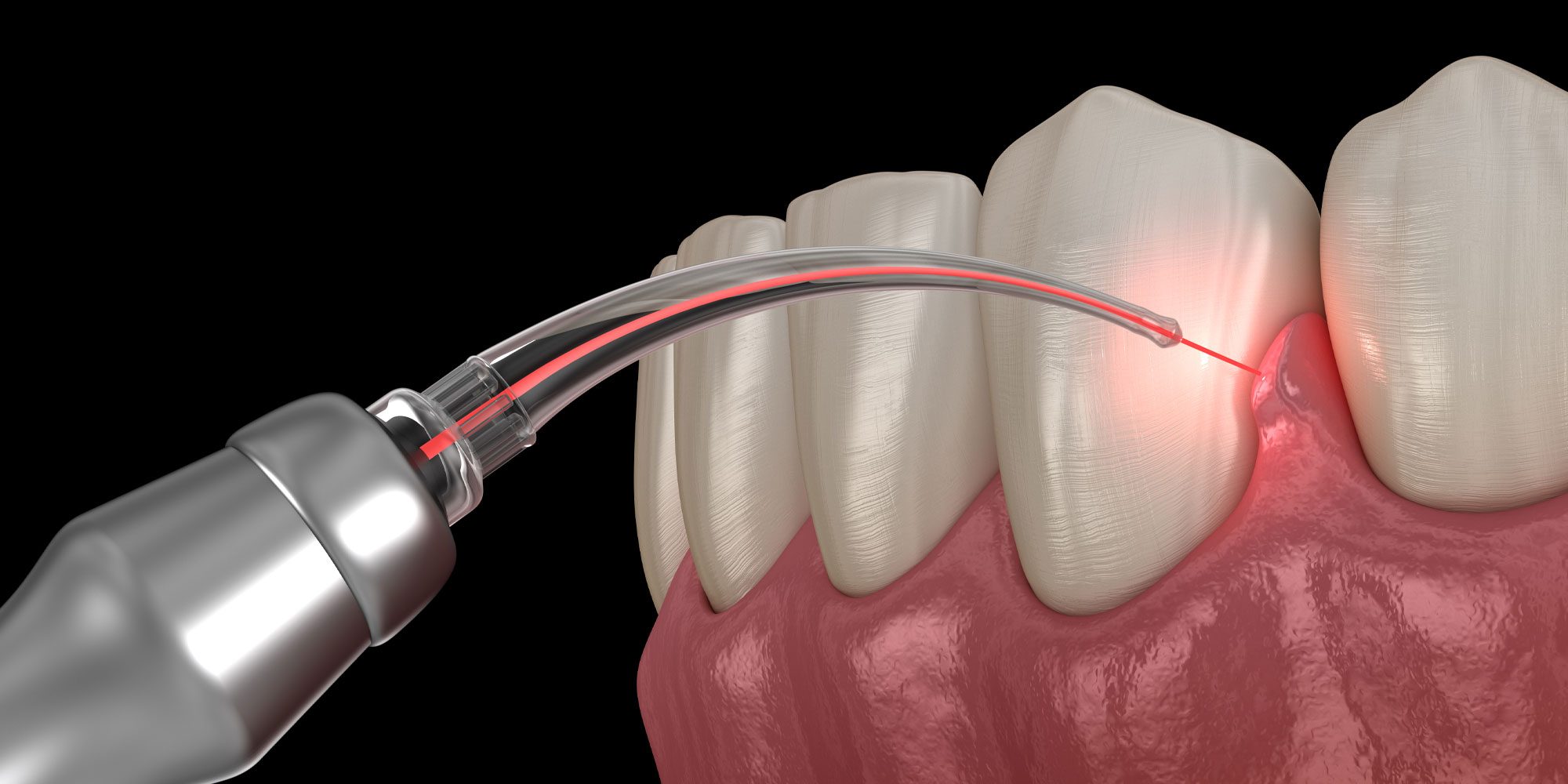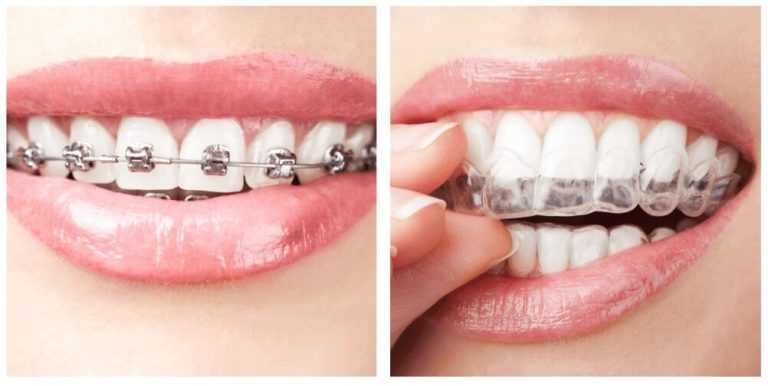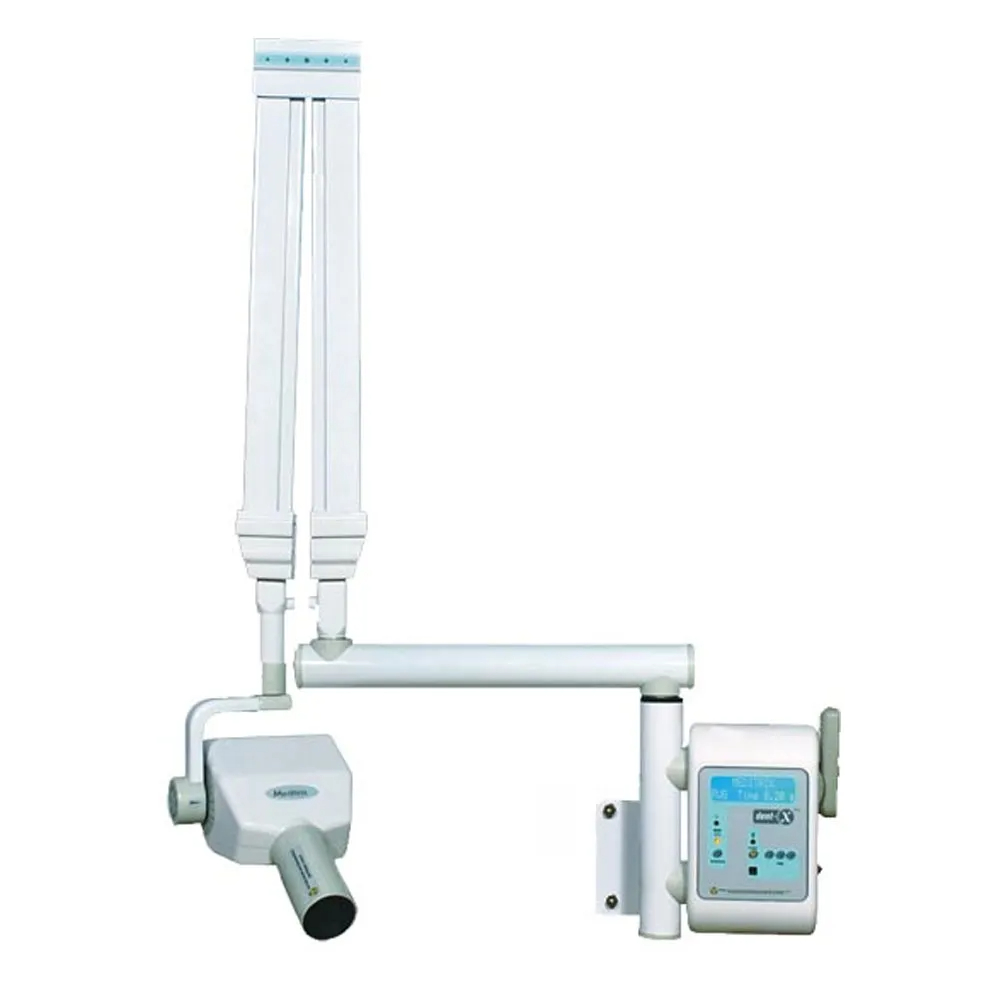Introduction:
Dental lasers have taken the world of dentistry by storm, offering innovative solutions for various oral health issues. These advanced tools have transformed the way dental professionals diagnose and treat a wide range of conditions, providing patients with a less painful and more efficient experience. In this blog post, we’ll explore the fascinating world of dental lasers, including their applications, benefits, and the technology that makes them work. Whether you’re a dental professional or simply interested in the latest trends in oral healthcare, this guide will provide you with valuable insights into the world of dental lasers.
Understanding Dental Lasers: A Brief Overview
Dental lasers are high-tech devices that generate intense beams of concentrated light. These beams are carefully tuned to specific wavelengths, allowing dental professionals to target different tissues in the mouth with remarkable precision. This technology has opened up new possibilities in dental treatments and procedures.
The Many Applications of Dental Lasers
One of the most remarkable aspects of dental lasers is their versatility. These devices can be used for a wide range of applications, including:
Soft Tissue Surgery: Dental lasers are highly effective in performing delicate soft tissue surgeries. Whether it’s gum contouring or frenectomy, lasers offer greater precision and quicker healing compared to traditional scalpel-based procedures.
Hard Tissue Procedures: Lasers can be used to remove tooth decay and prepare teeth for fillings, crowns, or veneers. They are virtually painless, making the dental experience more comfortable for patients.
Whitening Treatments: Dental lasers are also employed in teeth whitening procedures. By activating whitening agents, lasers can help patients achieve a brighter smile in less time.
Treatment of Gum Disease: Lasers are effective in treating periodontal disease by removing infected tissue and promoting the regeneration of healthy gums.
Root Canal Therapy: Lasers are used to disinfect and clean root canals during endodontic procedures, improving the success rates of these treatments.
Lesion Removal: Dental lasers are invaluable for removing benign oral lesions and addressing issues like canker sores and cold sores.
Benefits of Dental Lasers
Dental lasers offer a host of benefits for both patients and dental professionals. Some of the key advantages include:
Minimized Discomfort: Dental lasers are less invasive and cause minimal discomfort during procedures. Patients often experience less pain and swelling, leading to faster recovery times.
Reduced Need for Anesthesia: In many cases, dental lasers can be used without the need for local anesthesia, reducing the inconvenience of numbness post-procedure.
Precision and Control: Dentists have exceptional control over the laser’s output, allowing them to target specific tissues while preserving healthy ones. This precision is especially crucial in delicate procedures.
Reduced Bleeding: The laser’s ability to coagulate blood vessels as it cuts results in minimal bleeding, improving the overall experience for both patients and practitioners.
Faster Healing: With reduced trauma to tissues, patients experience faster healing and reduced post-operative pain.
Minimized Risk of Infection: Dental lasers sterilize the treatment area as they work, reducing the risk of post-operative infection.
The Technology Behind Dental Lasers
Understanding the technology that powers dental lasers is essential to appreciate their capabilities fully. There are several types of dental lasers, each with its specific wavelength and applications:
Diode Lasers: Diode lasers emit wavelengths in the red and near-infrared range. They are commonly used for soft tissue procedures and teeth whitening.
Erbium Lasers: Erbium lasers are used for both hard and soft tissue applications. They are particularly effective in dental surgeries, cavity preparations, and periodontal treatments.
Carbon Dioxide (CO2) Lasers: CO2 lasers are versatile and effective for various dental procedures, including soft tissue surgery, hard tissue ablation, and lesion removal.
Neodymium-Doped Yttrium Aluminum Garnet (Nd:YAG) Lasers: Nd:YAG lasers are used for deep tissue penetration and are commonly employed in periodontal treatments and dental surgery.
The choice of laser type depends on the specific procedure and the dentist’s expertise. Dental professionals receive specialized training to use these lasers effectively and safely.
Safety and Precautions
While dental lasers offer numerous advantages, they must be used with caution. Safety measures, including protective eyewear for patients and practitioners, are essential to shield against laser light. Additionally, proper training and experience in laser dentistry are crucial to ensure that procedures are carried out accurately and safely.
The Future of Dental Lasers
As technology continues to advance, dental lasers are expected to become even more integral to the field of dentistry. Ongoing research and development aim to refine existing technologies, making lasers more accessible and affordable for dental practices of all sizes. The future holds the promise of even more efficient and precise dental procedures, ultimately benefiting patients and practitioners alike.
Conclusion
Dental lasers have significantly transformed the landscape of modern dentistry. These innovative devices provide a less invasive, more precise, and minimally painful alternative to traditional dental procedures. With their versatility and numerous applications, dental lasers have become a valuable tool for dental professionals looking to enhance patient care. As technology continues to progress, the future of dental lasers is filled with promise, offering even more advanced solutions for the oral healthcare industry.
In this blog post, we’ve explored the world of dental lasers, from their applications and benefits to the underlying technology and safety precautions. Whether you’re a dentist, a patient, or simply curious about the latest developments in oral healthcare, dental lasers are an exciting frontier that promises to make a significant impact on the future of dentistry.





